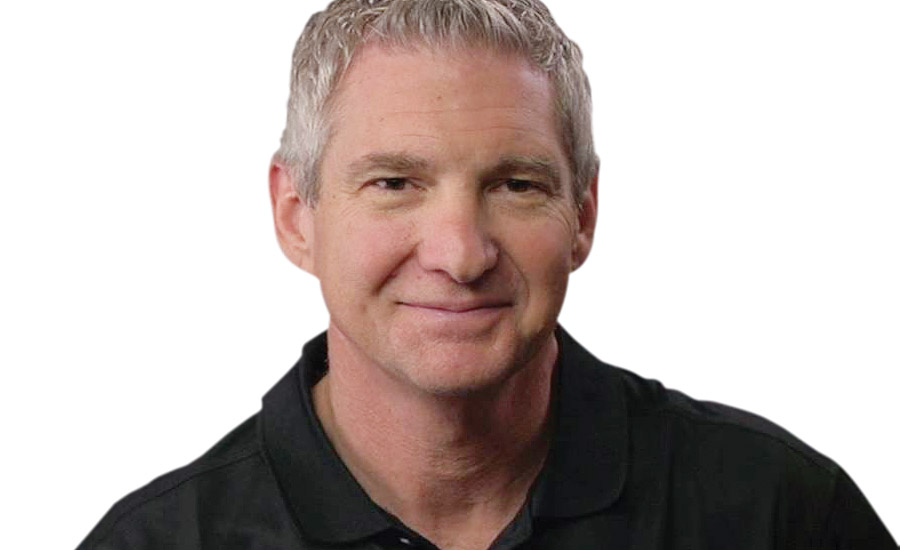Many years ago, I had the opportunity to take a ride with one of my top installers. I had just sold a big job that called for us to completely restore three systems and the necessary ductwork in a large older home. The house was located in a rural part of the county, so we had a good 40-minute drive ahead of us. Along the way, this employee and I had a nice discussion. He was about my age, so we were able to talk about our grown children and some of the challenges we had raising them as well as some of the continuing issues.
We arrived at the job, went over every detail, and then jumped back in the truck to return to the shop. On the way back, we pretty much picked up our conversation right where we’d left off.
Just before we got out of the truck, my installer turned to me and relayed a sad story. He told me he used to take similar rides with the owner of the company where he used to work. In a similar fashion, he recalled a long ride together to look at a large project. However, that ride was completely different. They got in the truck, the owner turned on the radio, and he never said one word to him over the course of a one-hour ride. They arrived at the job, went over the details, and had the exact same return trip in terms of discussion. I could only think, “How could this be possible?”
But, now, after almost 25 years of company ownership, I know exactly how this could be possible.
I would assume that most owners started out the way I did. They embarked on a journey and appreciated anybody who was willing to come alongside of them to fulfill the mission. They were eager to invest in, and willing to trust, people who were seemingly working with them toward a shared goal. This basic trust presumes we will be walking together for the perceived future, and any necessary training or investment would willingly be supplied, granting we all advance closer toward our goal of providing quality installations and service. As a result, lots of time and money is spent on professional and personal development — all courtesy of the owner’s wallet, of course.
The unspoken agreement is: As the owner, I’ll invest the time and money required to turn you into a productive employee with a rewarding career, and you will, in turn, dedicate the rest of your working life to the success of the company. Along with this unspoken agreement also comes the emotional attachment. Most studies show, and everyone talks about, the value of working in a company with a family atmosphere. This means that not only do we work together, we also get to know each other and become emotionally attached to one another; it’s only natural. Of course, there are the expected highs and lows of any relationship, but, typically, everything is great and wonderful until that fateful day arrives when one party feels it’s time to part ways.
One of the long-time, highly valued ladies in our office used to cry every time someone was terminated or decided to leave the company. I would just stand in front of her desk, shake my head, and say, “You simply can’t get emotionally tied to these guys.”
This reality of the employee-employer relationship is the reason for a natural “Us vs. Them” mentality that prevails in the workplace. I can plainly see why employers would become callous toward employees. From their perspective, they’ve been treating this person like a family member and now they are leaving for whatever reason, and it makes no sense. The company is suddenly not receiving a return on investment for all of the years of costly skill development. In an effort to defend themselves, owners start keeping their employees at arm’s length. If they don’t have any personal attachment or feelings for the employee, then it won’t be a big deal, and they won’t get hurt if and when they leave. This is an easy trap to fall into.
I have struggled personally with this issue for nearly 25 years. I hate getting burned or abused just as much as the next guy. So, how do you continue to maintain a good attitude day in and day out toward someone who may someday walk into your office and seemingly throw it all in your face? You decide to.
Personal and professional development and technical training is a cost of doing business and should be a line in an annual budget. Every year you should plan to spend money on these items and expect customers to pay a portion of this as part of the cost of doing business. If you have decided to have a thriving company that will succeed in the future, you are going to be constantly and continually investing in everyone who works there. Due to the convictions and beliefs of my wife and I — the founders of the company — we’ve made a decision here to be family-friendly, and we are concerned about our coworkers in terms of their personal lives and professional advancement. I meet with everyone twice a year to discuss their careers. We work together to plan their professional lives and personal futures, if they so desire. While we always hope the plan keeps us working together, the reality is it doesn’t always turn out that way. When it doesn’t, we attempt to part ways in a mutually beneficial way with no surprises and no hurt feelings on either side. I know this is not always possible, but we still maintain it as a goal. Notice we have not tied the training and professional development costs to the employee. These costs are incurred regardless of who stays or goes. Employee retention is a separate issue.
When it comes to the personal side, we simply look at everyone here as team members. We are all doing our parts working toward a mutual goal of company success. While a pleasant and relaxed family atmosphere is of the utmost importance here, we do our best to keep a healthy balance in terms of coworker relationships. We try to remain personal enough to show we genuinely care about the people we serve and those we serve with and professional enough to respect each other as individuals. So, aim to be close, but not too close.
Publication date: 9/5/2016
Want more HVAC industry news and information? Join The NEWS on Facebook, Twitter, and LinkedIn today!








